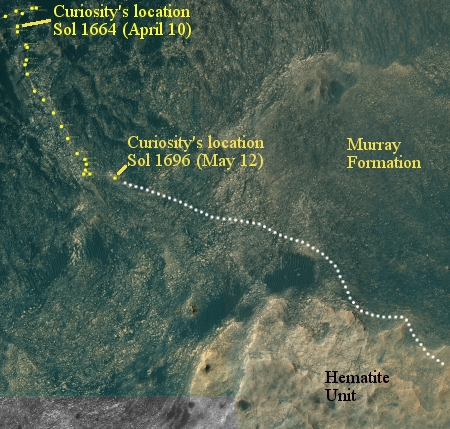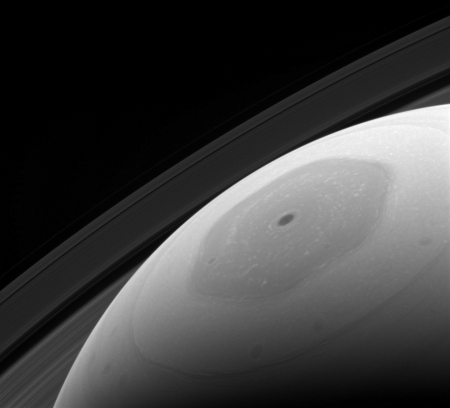The first 3 of a 200 nanosat constellation delivered for launch
Capitalism in space: Sky and Space Global (SAS) has delivered the first three nanosats — of a planned 200 nanosat constellation — to India for launch.
The first three nanosats are to be launched by India on its PSLV rocket, but SAS has contracted Virgin Orbit to use its LauncherOne to put the next 197 up. They had made this first announcement last summer, saying the first three would launch in the second quarter of 2017. It appears that they are holding to that schedule.
They also said that LauncherOne would begin launching the other 197 satellites in 2018. For this I remain far more skeptical, since the track record at Virgin in getting its spacecraft off the ground on schedule has not been good.
Capitalism in space: Sky and Space Global (SAS) has delivered the first three nanosats — of a planned 200 nanosat constellation — to India for launch.
The first three nanosats are to be launched by India on its PSLV rocket, but SAS has contracted Virgin Orbit to use its LauncherOne to put the next 197 up. They had made this first announcement last summer, saying the first three would launch in the second quarter of 2017. It appears that they are holding to that schedule.
They also said that LauncherOne would begin launching the other 197 satellites in 2018. For this I remain far more skeptical, since the track record at Virgin in getting its spacecraft off the ground on schedule has not been good.



